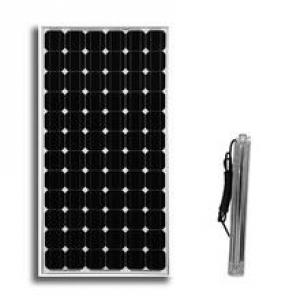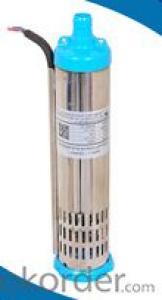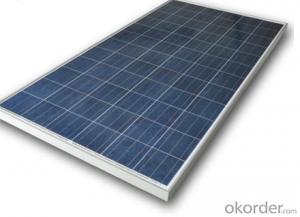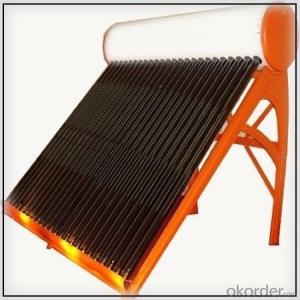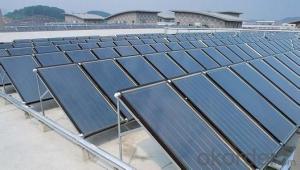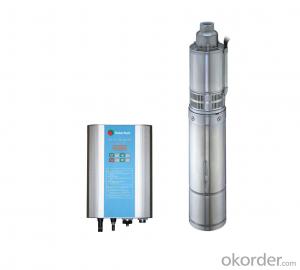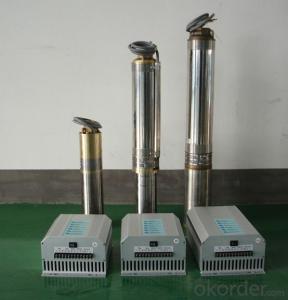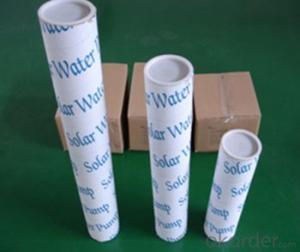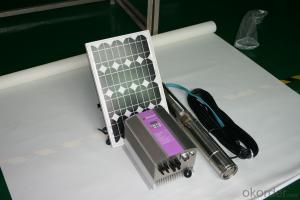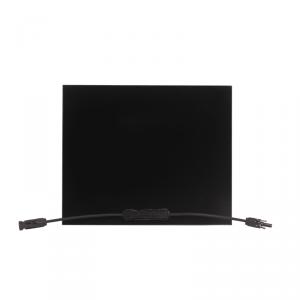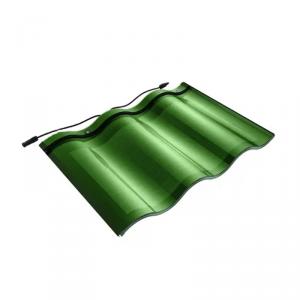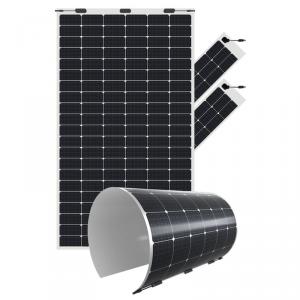Solar System And Inverter
Solar System And Inverter Related Searches
Solar And Inverter Solar And Inverter System Inverter With Solar System Solar Controller And Inverter Solar And Power Inverter Solar Inverter And Controller Solar Charger And Inverter Inverter In Solar Power Inverter And Solar Panel Inverter In Solar Energy The Solar Inverter Inverter In Solar Panel System Solar Inverter System Inverter With Solar Input Solar And Ac Inverter Inverter With Solar Panel Inverter Solar System Solar System Inverter Inverter For Solar Solar Inverter Systems Inverter With Solar Panels Solar Power Inverter System About Solar Inverter Solar Solar Inverter Use Of Solar Inverter Solar With Electric Inverter Inverter In Solar Power Plant Solar Electric Inverter System Inverter With Battery Solar Inverter For Home Solar SystemSolar System And Inverter Supplier & Manufacturer from China
Solar System And Inverter is a collection of products designed to harness solar energy and convert it into usable electrical power. This technology is essential for various applications, such as residential, commercial, and industrial settings, where sustainable energy sources are sought after. These products are crucial in reducing reliance on fossil fuels and promoting a cleaner environment.The Solar System And Inverter is widely used in various scenarios, such as powering homes, businesses, and even remote locations without access to traditional electricity grids. This product enables users to generate their electricity, reducing energy bills and contributing to a greener future. The system typically consists of solar panels, inverters, batteries, and other necessary components to ensure efficient energy conversion and storage.
Okorder.com is a reputable wholesale supplier of Solar System And Inverter products, offering a vast inventory to cater to the diverse needs of customers worldwide. With a commitment to quality and customer satisfaction, Okorder.com ensures that each Solar System And Inverter product meets the highest industry standards, providing reliable and efficient solutions for sustainable energy generation.
Hot Products



